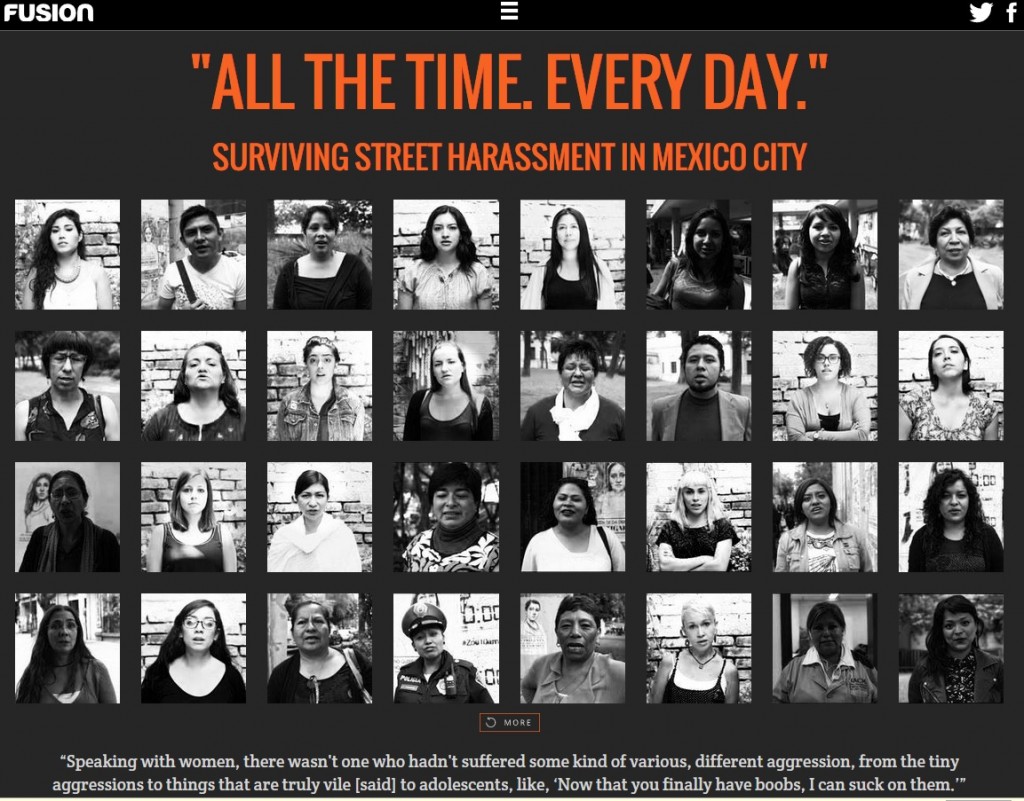Lea Goelnitz, Berlin, Germany, Blog Correspondent
TRIGGER WARNING
“Men are afraid that women will laugh at them. Women are afraid that men will kill them.”

This quote by Margaret Atwood might seem extreme, but there is some truth to it. For example, in the U.S., at least one-third of all female homicide victims were killed by male loved ones, and nationally, one woman per 100,000 is killed by a man.
In the UK, two women per week are killed by a current or former intimate male partner. Ingala Smith started counting Britain´s murdered women three years ago to make the government pay attention. February 12 was the official launch of the Femicide Census in London, a database of every woman who is killed by a man. The project is designed to “force a recognition of the scale and significance of male violence against women.” Smith told the Guardian, “I want us to stop seeing the killings of women by men as isolated incidents: to put them together and to see the connections and patterns; to highlight what a big issue it is; and to make it feel real for people.”
Of course, homicide is relatively rare, but men’s violence against women and girls is quite prevalent. It differs from violence against men because it is based in the structural inequality between men and women. A recent European Union-wide study revealed that one in three women has experienced physical and/or sexual violence since the age of 15 and 75% of women experienced sexual harassment in the work place. The UN notes that at least 35% of women worldwide have experienced physical and/or sexual violence and some national studies place this at 70% of women.
Although there is increased awareness of gender-based violence (GBV) as a public health concern and an obstacle to development, there is still a lack of data to explain it and document it. This leads to a lack of awareness among the general public and an overall lack of visibility of violence against women. Further, some forms of GBV are considered normal or are even institutionalized as cultural practices, such as female genital mutilation. Street harassment is another example and is usually seen as acceptable, or at least not bad enough to be recognized as a form of violence.
But a recent article published in the Guardian reports that a new study found “that some of the sexism women face – from catcalling and sexual harassment to sexual objectification and violence – makes women generally more fearful and anxious. The researchers from the University of Missouri-Kansas and Georgia State University found a substantive ‘link between physical safety concerns and psychological distress”.”
It does matter.
This year´s Valentine´s Day marks the 4th time Eve Ensler’s One Billion Rising raises awareness about violence against women and GBV. We can join in by striving to call out every incident of street harassment, collect stories and explain to people that street harassment is a form of GVB too. As street harassment is sometimes a gateway crime to other forms of VAW like sexual assault and even murder, it is worth it and very necessary to do so.
Lea works in journalism and women´s rights and is involved in the women´s rights NGO Discover Football, which uses football as a tool for empowerment and gender equality. Follow her on Twitter, @LeaGoelnitz.

